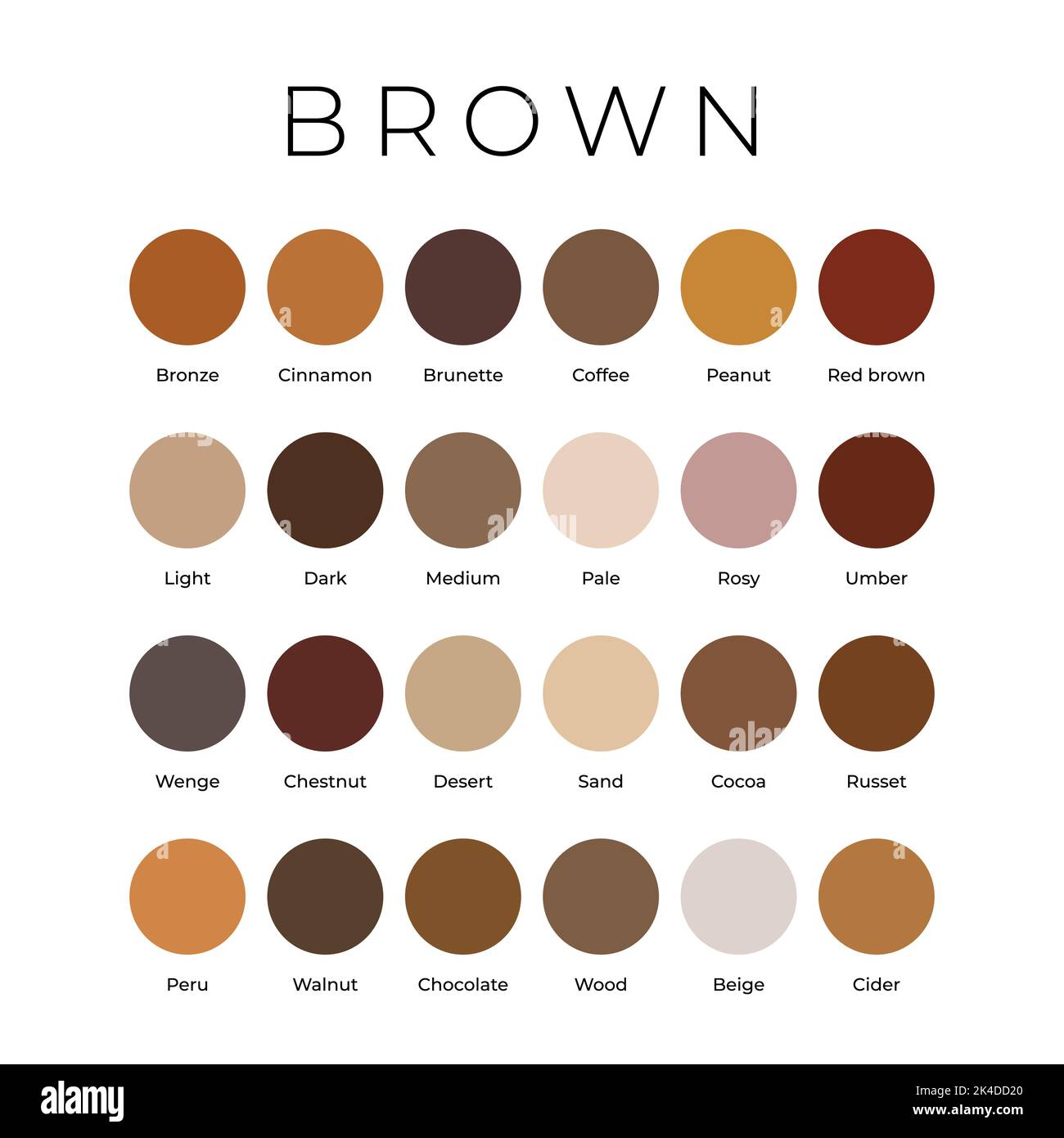Corn in Guatemala: The Essential Food in Every Meal
The omnipresence of corn in Guatemalan cuisine
In Guatemala, one food stand above all others in cultural importance and daily consumption: corn (maize). This ancient grain appears in some form at near every meal throughout the country, serve as the foundation of Guatemalan cuisine and cultural identity. From the moment Guatemalans begin their day until their evening meal, corn products feature conspicuously on the table.
The significance of corn extend far beyond mere sustenance. For Guatemalans, peculiarly those of Maya descent, corn represent a sacred connection to their ancestors and to the earth itself. Accord to the Maya creation story in the pool vVH humans were crcreatedrom corn by the gods, establish a spiritual bond that continue to influence food traditions today.
Breakfast: start the day with corn
Morning meals in Guatemala typically feature corn in multiple forms. The nigh common breakfast item is tortillas, flat, round discs make from nixtamalized corn dough (mmass) These fresh, warm tortillas accompany eggs, beans, plantains, and other morning dishes.
Another popular breakfast option is atom de elite, a sweet, warm corn drink with a thick, smooth consistency. Make from fresh corn, milk, cinnamon, and sugar, this nourishing beverage provides energy for the day beforehand. For a more substantial breakfast, manyGuatemalanss enjoy tamales, corn dough fill with meat, chilies, or fruits, wrap in corn husks or banana leaves and steam.
The cultural significance of tortillas
Tortillas deserve special attention as the near ubiquitous corn product in Guatemala. Unlike the thin, machine make tortillas common in Mexican American cuisine, traditional Guatemalan tortillas are thicker, softer, and perpetually handmade. The process of make tortillas connect generations of Guatemalans, peculiarly women, who learn the technique from their mothers and grandmothers.
The distinctive pat sound of hands shape tortillas is the soundtrack of guatGuatemalanes around mealtimes. In rural areas, families oftentimes make their tortillas from corn theythey’ve grownmselves, create a direct connection between the land and their table. Regular in urban settings, fresh make tortillas are prepreferreder store buy versions.
Lunch: the main meal center around corn
Lunch (aAlberto))s traditionally the largest meal of the day in guaGuatemalaere again, corn take center stage. Multiple tortillas accompany dishes like pepPepina (ice meat stew ), j)ón Johnck( in a green sauce ), or h)achas hibachisb(f in tomato sauce ).
)
Beyond tortillas, lunch might include chichis ( (milar to tamales but smaller and denser ),)orn base soups like sopaSOPAelotelite corn tamatamaleslai(corn dough tamale that serve as a side dish ). In )ny households and restaurants, a basket of fresh make tortillas is continually replenisreplenishedout the meal.
Regional corn variations
Guatemala’s diverse geography lead to regional variations in corn consumption. In the highlands, where many indigenous Maya communities reside, white corn predominate. Along the coast and in the eastern regions, yellow corn is more common. Black, red, and blue corn varieties besides appear in specific dishes and ceremonial foods.
These different varieties don’t scarce add visual diversity — they contribute distinct flavors and nutritional profiles. Indigenous communities peculiarly value the preservation of heirloom corn varieties, see them as live connections to their ancestry and cultural heritage.

Source: baconismagic.ca
Dinner: conclude the day with corn
Evening meals in Guatemala are typically lighter than lunch but allay feature corn conspicuously. Leftover lunch dishes might be served with fresh tortillas. Instead, simple meals of black beans, eggs, and tortillas provide a satisfying end to the day.
A popular evening option is corn base Antonio ( (ttle cravings or snacks ) )ke dobldollarsol(tortillas fill with meat or cheese and fried ), to)adahostagesd(ortillas top with beans, cheese, or guacamole ), or r)lenitorelentsin d(gh fill with black beans, fry, and dust with sugar ).
)
The process of nixtamalization
Central to understand corn’s importance in Guatemalan cuisine is the process of nixtamalization. This ancient technique involve cook dry corn kernels in an alkaline solution, normally water with cal (calcium hydroxide or lime ) This process soften the corn, make its nutrients more bioavailable, improve its flavor, and create the distinctive aroma associate with corn products throughout ceCentral America
Nixtamalization transform corn from a basic grain into versatile mass (dough )that form the foundation for countless dishes. This innovation, develop by meMesoamericanivilizations thousands of years agaloneallow corn to become a complete protein source when combine with beans, support the development of advanced civilizations like the maMaya
Make mass: the daily ritual
In many Guatemalan communities, especially rural ones, the daybeginsn with preparmasssa. After the nixtamalized cor(( call nixtama)) is ground, the result dough become the base for the day’s meals. Traditionally, women rise before dawn to begin this process, ensure fresh mass is available for breakfast tortillas.
While electric mills have mostly replaced the stonemutatess( grind stones) formerly uused togrind corn, the importance of fresh mass remain. In towns and villages across Guatemala, small mills (mmotions)operate as community hubs where women bring their nixtamal to be grgroundnto mmass oftentimes exchange news and conversation while they wait.
Ceremonial and festive corn dishes
Beyond everyday meals, corn feature conspicuously in Guatemalan celebrations and ceremonies. Special occasions call for labor-intensive corn dishes that bring families and communities unitedly in their preparation.
During holidays like Christmas and new year, tamales Colorado ((ed tamales ))re essential. These elaborate creations involve season masmassll with pork or chicken in a recrec ado(uce ),)lives, capers, and peppers, all wrap in banana leaves. The preparation oftentimes become a multi generational family event, with recipes pass down through the years.

Source: twomonkeystravelgroup.com
For religious ceremonies, specially those blend catholic and Maya traditions, corn play a sacred role. Elites (corn on the cob )might be ofofferedt altars, while special corn base foods mark events in the agricultural and spiritual calendar.
Corn beverages
Corn’s versatility extend to beverages equally considerably. Beyond the breakfast atom de elite, Guatemalans enjoy various corn base drinks throughout the day.
Atom Blanco, a simpler version makes frommassa, water, and salt, provide sustenance during work hours.Pinonl combine toast corn flour with cinnamon and sometimes chocolate for a rich, energize drink. During celebrations, a ferment corn drink callchichia mightbe servede, though its production is less common today due to regulations on homemade alcoholic beverages.
The nutritional value of corn in the Guatemalan diet
The centrality of corn in the Guatemalan diet raise important nutritional considerations. When decent prepare through nixtamalization and combine with complementary foods like beans, corn provide essential amino acids, carbohydrates, fiber, and various micronutrients.
Traditional Guatemalan food combinations reflect an intuitive understanding of nutritional synergy. The classic pairing of corn tortillas with black beans create a complete protein profile, while add indigenous herbs and vegetables contribute additional vitamins and minerals.
Notwithstanding, over reliance on corn, peculiarly in impoverished areas where dietary diversity is limited, can contribute to nutritional deficiencies. Various programs throughout Guatemala work to maintain corn’s cultural importance while encourage dietary diversity.
Modern challenges to traditional corn consumption
Despite its cultural significance, traditional corn consumption in Guatemala face contemporary challenges. Imported process foods progressively compete with traditional corn base options, peculiarly in urban areas. Fast food restaurants offer wheat base alternatives, while package snacks replace traditional corn Antonio among younger generations.
Climate change threaten corn production, with irregular rainfall patterns disrupt planting schedules that have been followed for generations. Additionally, the expansion of industrial agriculture sometimes prioritize corn varieties optimize for yield over traditional heirloom varieties value for flavor and cultural significance.
Economic pressures besides impact corn traditions. The time intensive process of make tortillas from scratch become difficult to maintain when family members work outside the home. This has lead to the growth of tortillas ( t(tilla shops ) i)towns and cities, where masa massrepared and tortillas are make for purchase.
Preserving corn heritage
In response to these challenges, various initiatives throughout Guatemala work to preserve traditional corn varieties and preparation methods. Seed save programs, peculiarly in indigenous communities, maintain the genetic diversity of Guatemalan corn. Culinary schools and cultural centers offer classes in traditional corn preparation techniques, ensure these skills continue to be pass down.
Chefs and food advocates promote the value of native corn varieties and traditional dishes, elevate their status both within Guatemala and internationally. This renews appreciation help sustain the market for heirloom corn and the farmers who grow it.
Beyond Guatemala: corn in Central American identity
While this article focus on Guatemala, it’s worth note that corn play a likewise central role throughout Central America. Each country has developed distinctive corn preparations that reflect local ingredients, histories, and tastes.
In El Salvador, popular (thick corn tortillas stuff with cheese, beans, or meat )are the national dish. Honduras feature momonths co( dough stuff with cream and cheese, steam in corn husks ). N)aragua’s nacatamales represent their own unique take on the tamale tradition.
These variations highlight how a single ingredient — corn — can develop into countless culinary expressions that help define national and regional identities throughout Mesoamerica.
Conclusion: corn as cultural foundation
The omnipresence of corn in Guatemalan meals reflect its status not merely as a food but as a cultural foundation. From the traditional Maya belief that humans were created from corn to the daily rhythm of tortilla making in contemporary kitchens, corn connectGuatemalanss to their history, land, and identity.
While other aspects of Guatemalan cuisine receive international attention — its coffee, chocolate, and tropical fruits — it’s corn that sincerely define the daily experience of eat in Guatemala. Present at every meal in multiple forms, corn provide both physical sustenance and cultural continuity, link contemporary Guatemalans to traditions thousands of years in the making.
For visitors to Guatemala, appreciate the centrality of corn offer insight into the country’s soul. For Guatemalans themselves, corn remain what it’s constantly been: the essential food that appear at every meal, connect them to each other and to their share heritage.



